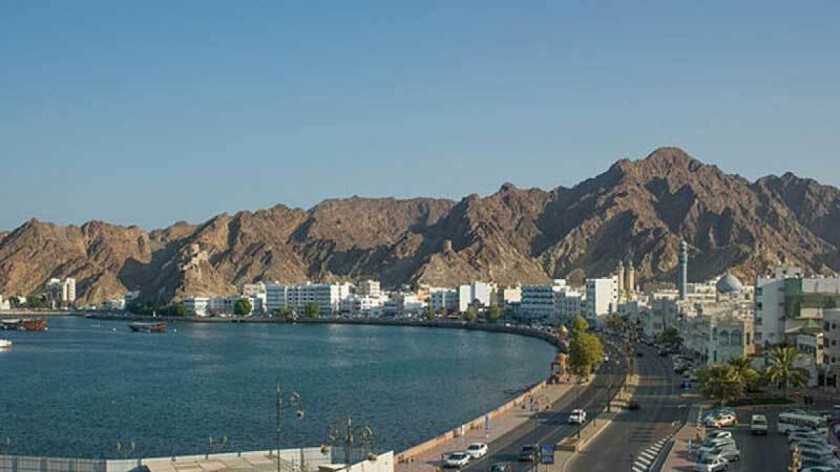Saturday, January 6, 2024

From the fossil-laden valley of Jebel Huwayah to the meandering paraphernalia of castles, Al Buraimi is home to idyllic affairs. Also known as the oasis town of Northwester Oman, it borders the United Arab Emirates. The lost tales fuse into the oasis and exude a rendezvous that is effervescent to the human soul.
The dunes of serpentine ethos bristle across the idyllic town, shimmering with Rub Al Khali and local souqs, making Al Buraimi an amazing tourist destination.
The town is stretched at a distance of about 370 km from Muscat. There are lots of places to visit in Al Buarami
Kernel of fresh water in Wadi Al Qahi
To visit the Omani town of Mahdah, one must travel 50 kilometres, where freshwater flows most of the year. The place offers panoramic views of palms and mountains leading to a natural swimming pool. People who are interested in fishing can dive into this sport.
The reverberating empty quarter or Rub Al Khali
Rub Al Khali happens to thrive as one of the biggest sand desert in the field
One of the biggest sand deserts in the world, the Rub Al Khali, also called the Empty Quarter, is infested with small mammals, reptiles, and predatory bird species. Well-known are the mega-dunes of the wilayat of A’Sunaynah in Al Buraimi. Legend has it that the scorching desert, which was swept away by an unrepentant deity in a manner reminiscent of Atlantis, buried the abandoned town of Iram of Pillars.
Requiem for Wadi Kitnah
The valley is carved out of stone and nestles in a network of pools of water and underwater caverns. Visiting here might make one feel like Count Laszlo de Almásy from the book “The English Patient,” where a Hungarian count and desert explorer get lost in a mirage of uncouthed foliage.
Waltz along the bustling Buraimi Souq
Barasti, or braided palm fronds that are traditionally used for fencing and roofing, is sold in the market across from Hela Castle. Down the street, dazzles a bustling souq, which deals in locally grown produce from nearby plantations. This brims with dates and honey from the mountains and a few handicrafts from all over Oman, such as camel sticks and Bahla pottery.
[Image Source: Khaleej Times]
Tags: Al Buraimi, Middle East, Middle Easy, Oman
Sunday, April 28, 2024
Sunday, April 28, 2024
Sunday, April 28, 2024